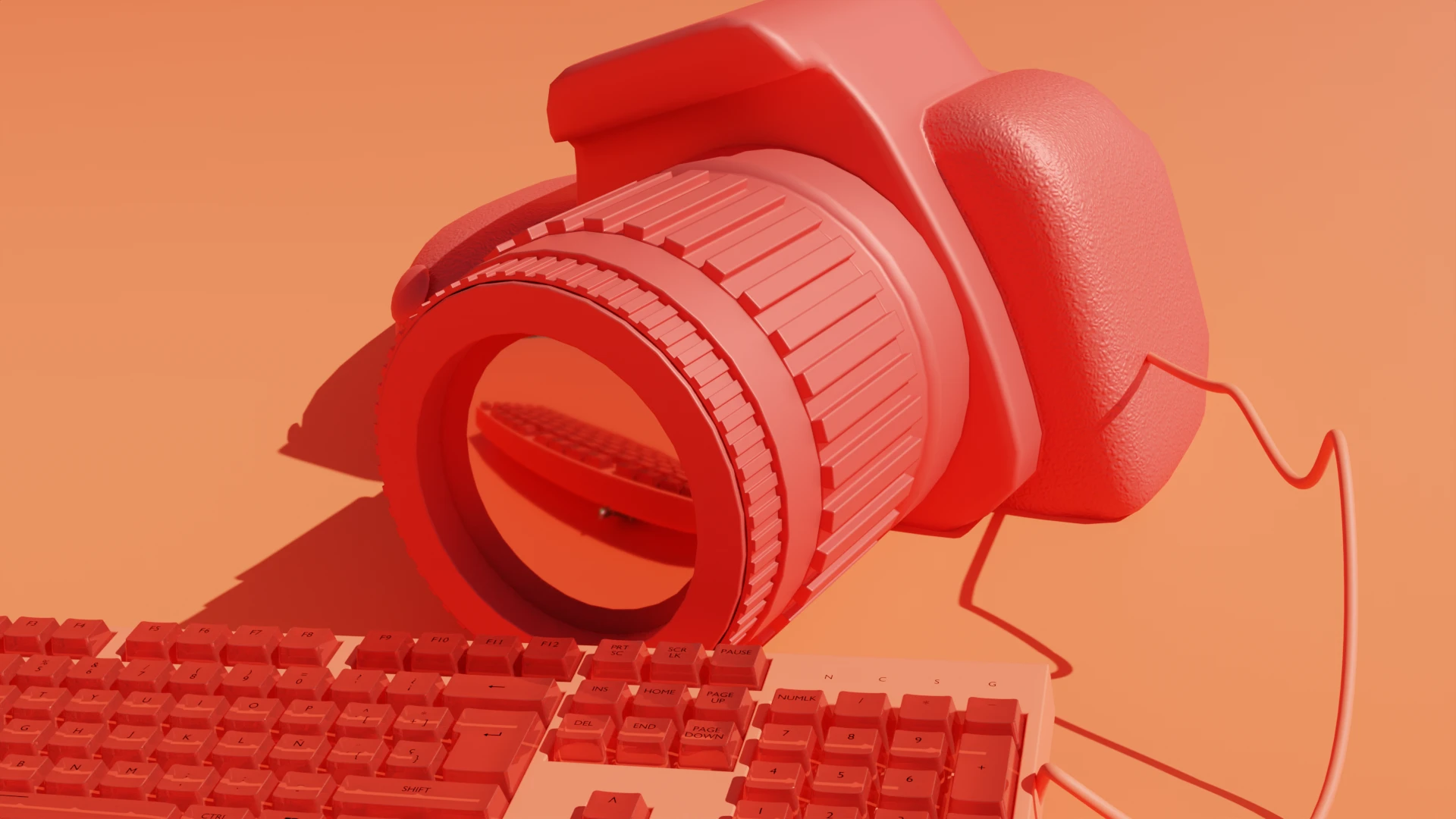There are many ways to start a podcast episode. You could start at the beginning of a conversation, and let the audience do the work to figure out what they’re listening to. You could start with a custom theme song. You could start with a cold open, like a fancy NPR podcast. But eventually, you’re going to have to introduce the show.
An introduction tells your listener what to expect in terms of content. It’s a bit like what I’m doing right now — telling you what you’re about to read.
Your aim in an introduction is to get your listener to do two things:
- Trust you
- Hang out with you
Imagine physically introducing yourself to somebody. You don’t just walk up and start bombarding the person with the thing that interests you most. They’ll be backing away before you know it. It’s all about good manners and building rapport. Podcasting is the same way.
To really nail your podcast introduction, there are a few elements to think about. First, of course, is what to say.
What to include in a podcast introduction
- Show title: You’ll probably want to mention your show title before anything else. It’ll help listeners remember you and connect it with the content they’re about to hear.
- Host introduction: Yep, this bit’s about you. Introduce yourself and/or the hosts of the podcast. Beyond your name, you might also want to share any relevant background, qualifications, or expertise that establish credibility and build trust with your listeners.
- Purpose and theme: Don’t assume your audience is familiar with your show — and if you want to grow your audience, you’ll want to be especially welcoming to first-time listeners. Explain the purpose of your podcast and the main theme or topics it covers more broadly. This helps to set expectations so that your listeners know what they’re getting into.
- Hook or teaser: Capture your listeners' attention and establish curiosity with a compelling hook — an arresting first statement that makes listeners want to listen to learn more — or teaser — a clip of something coming up in the episode that listeners will want to stick around to hear the rest of. For a hook, you could pose an intriguing question, share an interesting fact, or tell a captivating story related to the episode that’s about to unfold. For a teaser, clip the juiciest part of the episode, then cut out just enough to keep people wanting more.
Nail the tone
The introduction should also showcase the sound and feel of your show. And although “feel” isn’t always something that’s tangible, how you achieve “feel” is. From editing techniques, to music, to the script and how you read it — all of these tools, considerations, and skills will affect the “feel” of your podcast.
What kind of podcast are you working on? Is it true crime? News, comedy or pop culture-based? Your answer should help you narrow down some options for your intro. For example, if my top priority is to make people laugh in my comedy podcast, I’m probably not going to shoot for a super formal intro like the one on The Daily.
It’s a good idea to do some market research at this stage. What are others doing and what do you like and dislike about them? It could be the way they introduce themselves, or the music and sound effects. You can take the good and leave the bad, but it’s important to always consider: how is yours going to be different? Your personality and the show’s tone could play a huge role in this.
Finding that unique element, through tone or otherwise, will help you stand apart from the crowd and build a brand identity. But it’s important you stay consistent. If it’s your thing to give a personal update in your introduction, do it every time. It will allow your listeners to get to know you, know what to expect from you, and eventually feel loyal towards you.
If you’re co-hosting a podcast, think about your personality traits and how they work together. Are you two peas in a pod riffing off each other, or polar opposites providing a broader perspective on the topic you’re covering? Both can work well. For example, on Best Friends with Nicole Byer and Sasheer Zamata, the two besties share life updates and anecdotes that make you feel like you’re hanging out in their living room. Meanwhile, married co-hosts of the Marathon Training Academy Angie and Trevor Spencer use their opposite personalities and running goals to reach a broader audience. Both duos have a solid strategy, and it’s tone that lives at the heart.
As well as building your brand through personality, here are some tangible ways you can showcase the sound and feel of your podcast in your introduction:
- Script: Sounds obvious, but a well-written script that captures the essence of your podcast — fun and conversational or formal and objective — is the best way to give listeners a taste of what’s to come. Compare the intro of The Louis Theroux Podcast with the intro of The Daily:
- Music: Choose podcast intro music that matches the vibe of your show. The genre, tempo, and instrumentation all play a role in helping you shape the feel of your podcast.
- Interview snippets: If your podcast frequently features guest interviews, or expert insights, consider including short snippets of memorable moments or intriguing quotes from your guest to tease your listener.
- Editing style: Use editing techniques to create a dynamic and engaging introduction. Try layering voices and music to create a captivating audio collage. Your introduction is your front page — entice listeners with your professionalism.
Include any housekeeping — but make it quick
Yes, the introduction is also the place to frontload your housekeeping. It could be sponsorship, any events you need to remind your listeners about, a recap of last episode, the kinds of odds and ends that are important but don’t have a place anywhere else. But there’s a balance to be struck. While it’s important to include all these things, try to keep it short and keep it consistent, so those loyal listeners who know your podcast well can skip through (which will happen) without missing any actual content from the episode.
What kinds of housekeeping are we talking about?
- Sponsorship: If you decide that sponsorship is a way you’d like to monetize your podcast, you’ll likely need to agree with your sponsorship partner on a placement, or several. The introduction is the most likely and predictable space for a sponsor mention.
- Show notes: Sounds obvious, but let your listeners know how to find the show notes. Don’t assume they know it's a simple tap or swipe within their podcast app. And if you store show notes on your website, tell your listeners so you drive some traffic there.
- Social channels: How can your listeners engage with you? Are you on Twitter? Instagram? TikTok? The intro (or outro) is a great place to tell them.
- CTAs: Got a newsletter or product? Tell them where to sign up and what to expect. It’s not a bad idea to mention your website more than once per episode, particularly if you’re trying to promote your business.
- What to expect: Let listeners know what’s in the future. What changes to the release schedule are coming up? If you have upcoming guests you’re excited about, tell your listeners! Get them something to look forward to while reminding them to subscribe so they’ll get new episodes delivered as soon as they’re released.
I’m not suggesting you need all of these elements in your introduction. Including any of the above will help give your podcast structure, like bookends in a tidy library.
While it’s easy to think about housekeeping as extra junk that listeners will just want to skip past, it can be important for new listeners. The guest-based Strength Running Podcast by Jason Fitzgerald does a great job of including a ton of housekeeping up front. I get to learn about him, his podcast and his business before he introduces his guest. And boring as that may sound, it’s probably the most important part of any podcast. It’s where you’re actively giving listeners instructions and telling them to stick with you because you’re the expert and you’ve got all the best content to deliver them. It’s the moment they’ll hit subscribe, head to your website, or sign up for your newsletter.
Conclusion
An effective podcast introduction is important for building trust, setting expectations, and capturing the attention of your listeners. It’s what will allow you to engage your audience from the start and set your show apart from the other podcasts in their queue. With a great podcast introduction, you’re more likely to snag loyal listeners who will buy from your sponsor, pay for your online course, or buy your merch — and help you continue doing that thing that you love: podcasting.











































%20(1).JPG)
